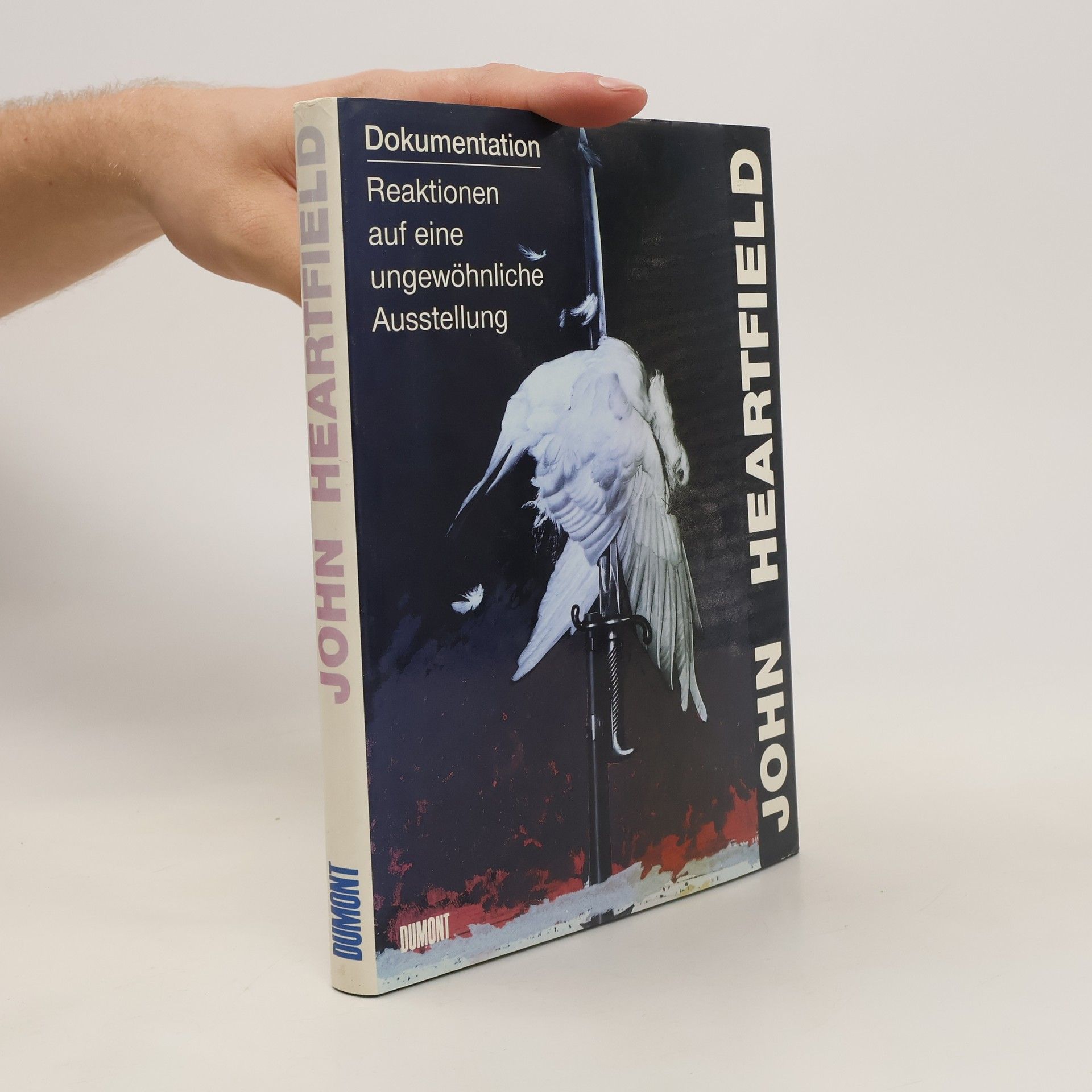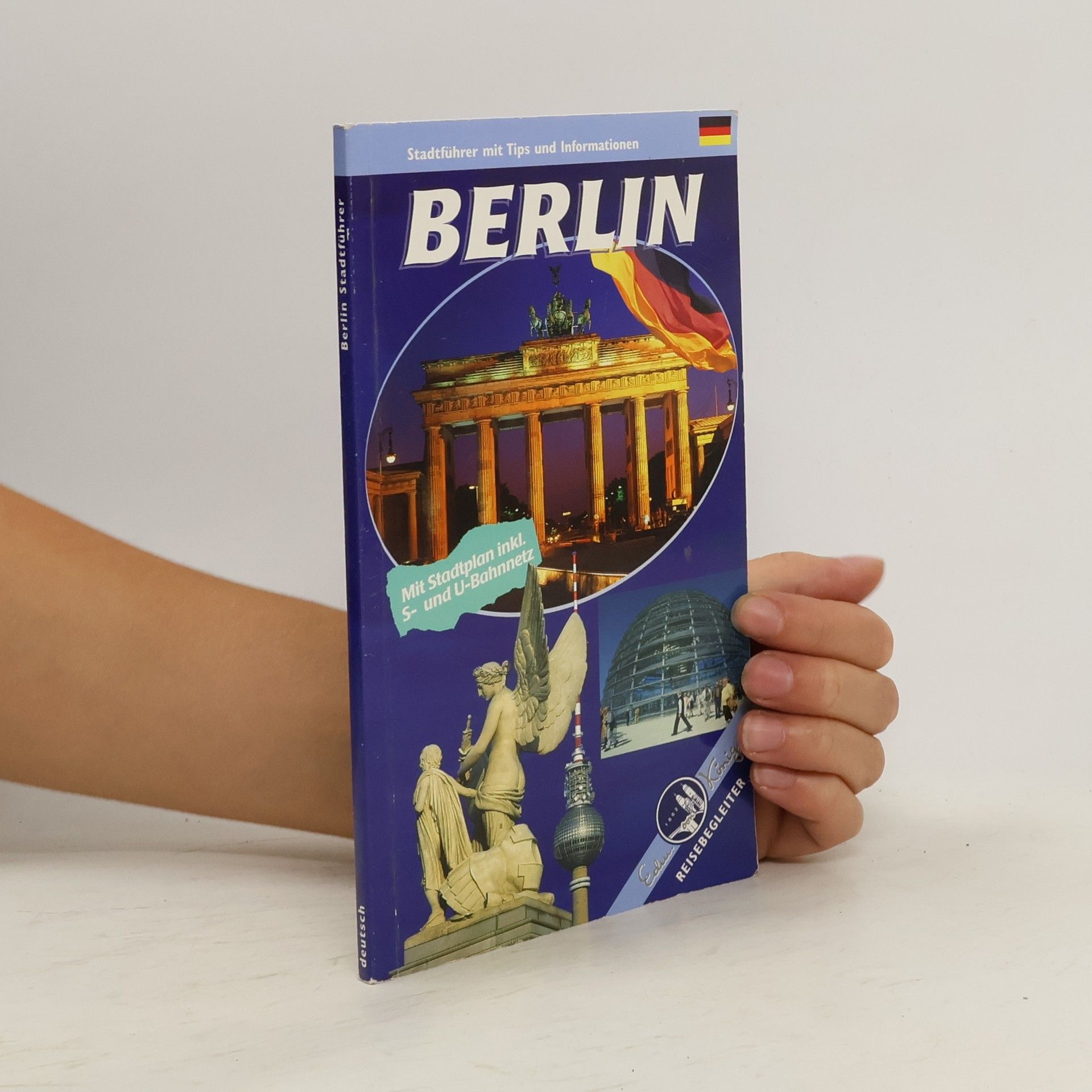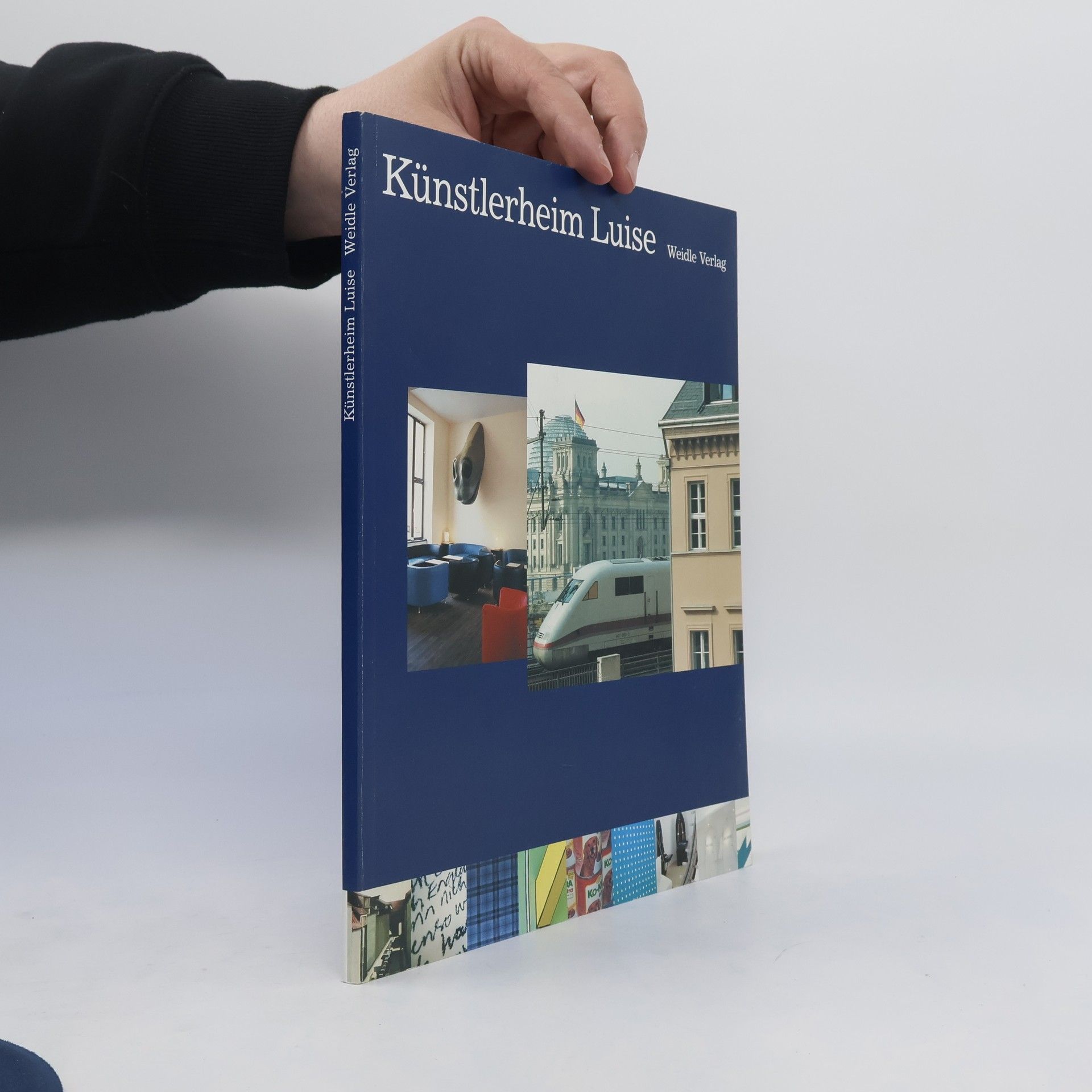FERROZINE 536 presents twelve projects by the artist Ottjörg A. C. from the last 20 years. Ottjörg has lived in many different countries for long periods of time – among these, in Germany, Austria and Russia, later repeatedly in China, and for several years in Brazil. His artwork originates from all over the world, inter alia color imprints of scribbled school desks from five continents. Ottjörg combines the analogue experience of traces and testimonies of the past with printing processes. His most important tool is communication. By printing on site – wherever a press can be found – participation and exchange with people of diverse heritages is extended to the technical production of the artwork. Where is the connection between the Pampas of Latin America and the foundation piles of Berlin’s Imperial Palace? How is it possible to mention Albrecht Dürer and Kasimir Malevich in one breath? What does horse castration have to do with colonial rule? How can worthless banknotes be profitably recycled? This publication has some ideas to offer.
Helen Adkins Books





Preußens Eros, Preußens Musen
- 246 pages
- 9 hours of reading